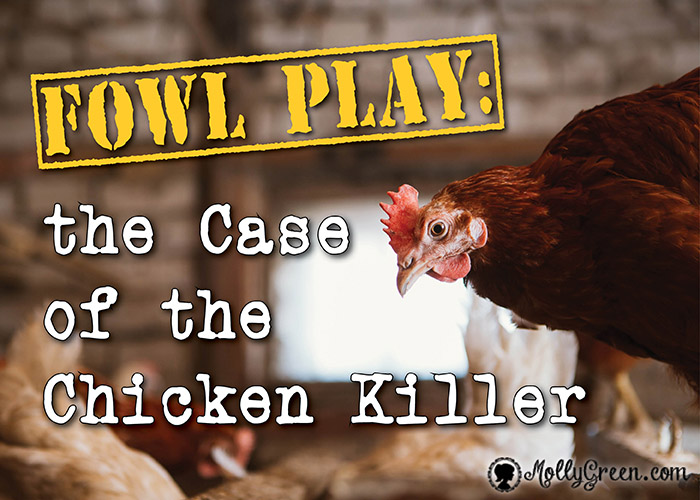By Alyce Repko
We consider chickens essential to our homestead. They eat a wide variety of foods including scraps from the kitchen, and produce a nutritious, essential food product. Compared to some animals, they are relatively low maintenance. The biggest question is “What do you do during the winter when they are not laying?”
The reproductive cycle of a chicken is no different than any other bird. They are designed to produce during the spring and summer months and hang out during the winter months. Our cold northeast winters do not bother them, but they require more food for warmth, costing more and possibly producing little to no eggs. We still want eggs during the winter, not only for us, but also for our small customer base.
Rather than reducing the flock to a bare minimum, we allow the older birds to rest during the winter. It isn’t fair to the chickens to have them lay year round. Instead, we purchase pullets before the onset of winter, attempting to time their laying cycle with the cold weather months. The first time we did this the results were favorable for us out of default. We didn’t get the light into the coop right away, but they were laying and continued to lay throughout the winter.
For several years the chickens produced eggs, but last year they didn’t. We speculated for a while and came up with a number of reasons why this may have happened, but realize now that those abundant winter egg years were an anomaly.
When spring arrived, my husband decided to divide them into two different coops. Everyone was happy, healthy, and laying until it started. The chickens in coop “A” were healthy in the morning and by the afternoon, one would be dead. This occurred on and off for days until the last bird was standing. There were no dead birds in coop “B.”
Had the chickens just had a surface wound, we would have sprayed Blue-Kote on the wound, put antibiotic in their water dish, and put them in solitary confinement until they healed. Unfortunately, none of that works for a dead chicken.
The one remaining chicken looked so innocent. She pluckily stared at us; her large pullet eyes encircled with feathery lashes. “Dead chicken? What dead chicken?” she seemed to express.
My husband and I were in disagreement. She was young enough to be tender; I was thinking chicken soup. My husband wanted compensation. I lost my vote.
He clipped the end of her beak, and put her into solitary confinement (a rabbit cage) and collected the eggs. We could blame the unclipped beak. We planned to free range them, and the intact beak would have been an asset to the birds, but like any hobby farm, few things work out exactly as planned. While the beak could have been the issue, the coop “B” birds are still doing well.
When the culprit’s time in solitary confinement was over, she was moved to another coop. This one housed the older ladies and their overlord, a beautiful Rhode Island Red rooster. He would cluck to tell them, “Chows on! Dig in!” and was going to protect them during free ranging.
Unfortunately, one morning he turned up dead—a great loss for us. While all of the cell mates of the killer chicken were pecked quite nastily, as chickens go for the soft “bottom” parts of their kind, the rooster was intact. Nevertheless, I highly suspected this femme fatale may have contributed to his demise. He may have been overwhelmed by her beauty and charm, and became ensnared in a deadly situation. How this happened in a coop with many witnesses we will never know. Did no one come forward in fear of retaliation?
Over the years we have had many different breeds of chickens, but through experience, we prefer Rhode Island Red and the sex-link Rhode Island Red/White Rock Cross. Both breeds are, in general, calm, sweet birds. We should not have had a killer in the midst. The sex of a sex-link chick is easily determined by its coloration upon hatching. We purchase new sex-link pullets almost every year, but a straight run of Rhode Island Reds are purchased every two to three years from local hatcheries.
Each sex-link pullet should lay approximately 300 eggs during the first year. The femme fatale killed four pullets, causing a loss of approximately 1,200 eggs. In general, they lay an egg every other day.
At the moment this murderess is still living, but she is in indebted to us for the rest of her life. I think naming her Delilah was appropriate.
Alyce Repko is the wife of a hard-working husband, and mother to six adult children who live in five different states. On their 6-acre farm they raise rabbits, chickens, and sheep. In addition, she puts up food, does freelance artwork, plays with a local orchestra, knits, sews, and buys too many books.





